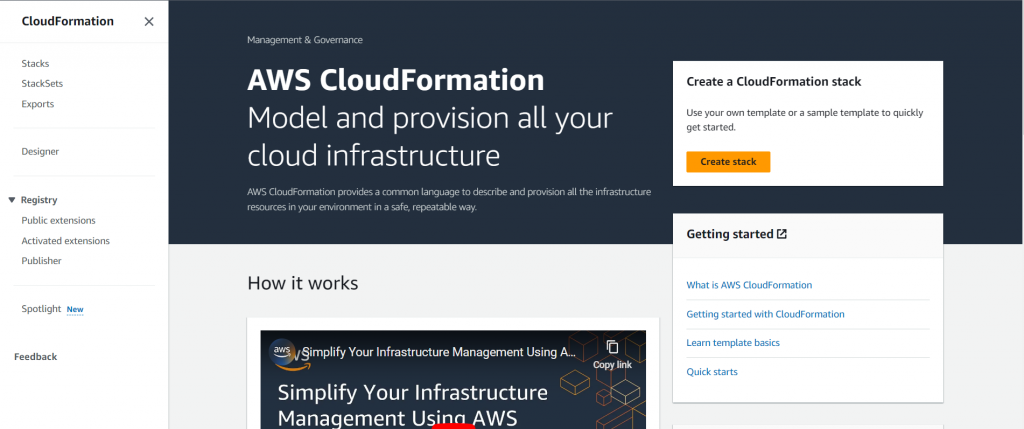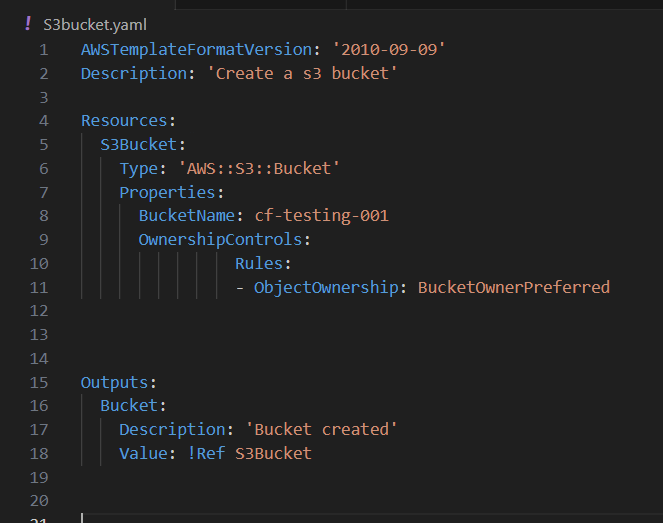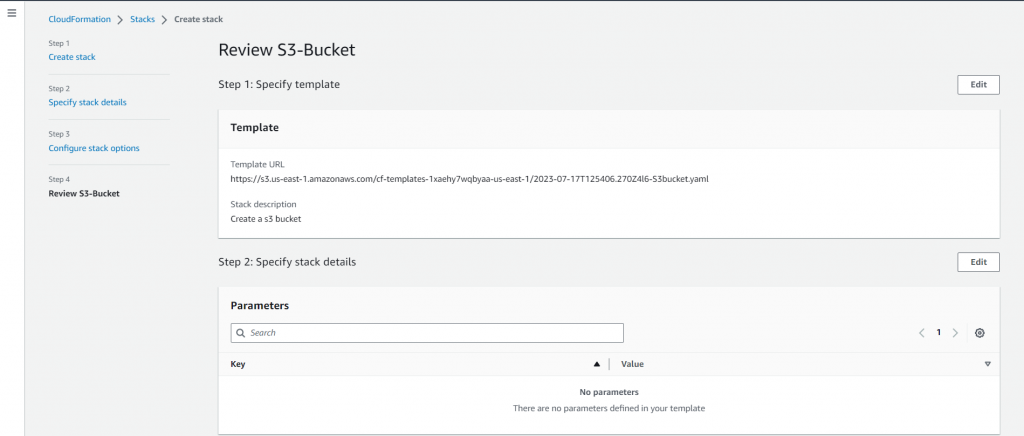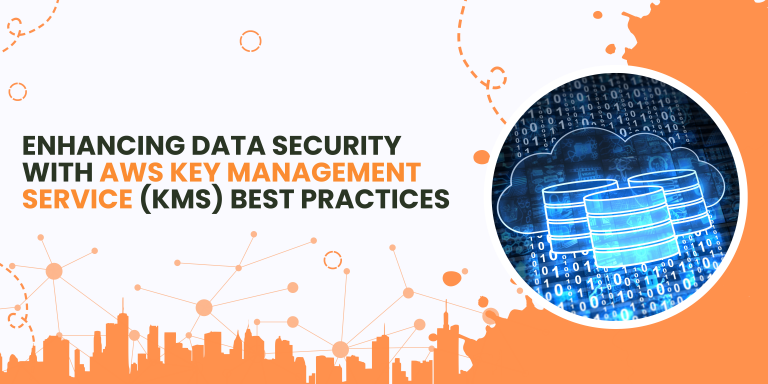Experience the power of AWS CloudFormation with our sample demo, simplifying the way you deploy and manage your cloud infrastructure.
Discover how this powerful service enables you to create and provision AWS resources effortlessly through code, ensuring consistency and scalability.
Our step-by-step walkthrough guides you through the process of creating templates, managing stacks, and automating resource configuration. Unlock the full potential of CloudFormation and expedite your application deployment process with confidence.
Explore real-world use cases and best practices to optimize your cloud environment. Take control of your AWS resources with efficiency and precision – try our AWS CloudFormation sample demo today.
Efficient management and deployment of infrastructure resources in the cloud are vital for several reasons:
- Agility and Scalability: Cloud computing offers the flexibility to rapidly scale infrastructure resources up or down based on changing needs.
- Cost Optimization: By strategically provisioning resources and leveraging automation tools, organizations can optimize their infrastructure costs.
- Consistency and Standardization: Managing infrastructure manually can lead to inconsistencies and variations across different environments. This can introduce complexity and increase the risk of configuration errors.
- Rapid Deployment and Time-to-Market: Traditional infrastructure deployment methods can be time-consuming and error-prone.
- Operational Efficiency: Efficient management of infrastructure resources frees up valuable time and resources for IT teams. By automating routine tasks and leveraging cloud-native services, IT professionals can focus on higher-value activities such as optimizing performance, improving security, and driving innovation.
AWS CloudFormation
AWS CloudFormation is a powerful tool that empowers organizations to automate the process of provisioning and managing AWS resources.
Whether a seasoned developer or a cloud enthusiast, understanding the fundamentals of CloudFormation can greatly enhance the ability to scale applications, improve operational efficiency, and ensure consistent infrastructure deployments.
In this blog post, we will delve into the essentials of AWS CloudFormation, exploring its features, benefits, and use cases. We will unravel the concepts behind infrastructure as code (IaC) and how CloudFormation fits into this paradigm.
So, let’s embark on our journey to discover the transformative power of CloudFormation and unlock the potential of automation in AWS.
Using AWS CloudFormation offers several key benefits and advantages that contribute to streamlined infrastructure management, efficient resource provisioning, and improved operational practices. Here are some of the significant benefits of using CloudFormation:
- Infrastructure as Code (IaC): CloudFormation embraces the concept of Infrastructure as Code, allowing users to define and manage their infrastructure resources using declarative templates. Infrastructure configurations become more predictable, scalable, and easily auditable.
- Automation and Repeatability: CloudFormation enables automation by automating the process of provisioning and managing infrastructure resources. With CloudFormation templates, infrastructure deployments can be consistently and repeatedly executed, reducing manual effort, and minimizing the risk of human errors associated with manual configuration.
- Simplified Resource Management: CloudFormation simplifies the management of resources by grouping them into logical units called stacks. Stacks enable easy creation, update, and deletion of resources as a unit, ensuring consistency and reducing the complexity of managing individual resources separately.
- Scalability and Flexibility: CloudFormation allows for scalable infrastructure deployments by defining resource dependencies and relationships within templates. This ensures that resources are provisioned in the correct order and configuration. Scaling resources up or down becomes easier and more efficient.
- Service Integration: CloudFormation integrates with various AWS services, providing a comprehensive solution for infrastructure management. It works in conjunction with services like AWS Identity and Access Management (IAM), Amazon CloudWatch, AWS Lambda, AWS Systems Manager, and many others.
- DevOps Enablement: CloudFormation supports DevOps practices by integrating with continuous integration and continuous delivery (CI/CD) pipelines. This enables collaboration between development and operations teams, improves deployment speed, and promotes infrastructure consistency across environments.
These benefits contribute to efficient infrastructure management, faster deployment cycles, improved reliability, and cost-effective resource provisioning in the AWS environment.
Technical Guide – AWS CloudFormation
Task Definition – Create a S3 bucket using CloudFormation.
- Log in to AWS Management Console using appropriate credentials. Navigate to ‘us-east-1’ region and Search for AWS CloudFormation Service.

- Click on Create stack. We will upload a ready template file which will be a .yml file. It contains:

- Provide a Stack name and specify the roll back behaviour for a stack failure. Options are “Roll back the stack to the last known stable state” or “preserves the state of successfully provisioned resources, while rolling back failed resources to the last known stable state.
- Resources without a last known stable state will be deleted upon the next stack operation.

- Review the created Stack and click Submit. In a short period of time stack will be implemented.
- Navigate to S3 service and check whether described bucket is created or not.
Conclusion:
Our AWS CloudFormation sample demo showcases the transformative capabilities of this powerful service in simplifying your cloud infrastructure deployment. By leveraging CloudFormation, you can streamline resource provisioning, maintain consistency, and achieve greater scalability with ease.
With step-by-step guidance, you have learned how to create templates, manage stacks, and automate resource configuration, enabling you to expedite your application deployment process efficiently.
By adopting AWS CloudFormation, you can eliminate manual configurations, reduce human errors, and focus on delivering value to your business. The ability to replicate environments quickly and consistently ensures faster development cycles and enhanced operational efficiency.
As you continue to explore CloudFormation’s versatility, we encourage you to experiment with real-world use cases and incorporate best practices to optimize your cloud environment continually.
Embrace the power of AWS CloudFormation and embark on a journey of simplified cloud infrastructure management. Empower your team to innovate and scale effortlessly while maintaining control and compliance in your AWS environment.
Start harnessing the benefits of AWS CloudFormation today and revolutionize the way you deploy and manage your cloud resources.







